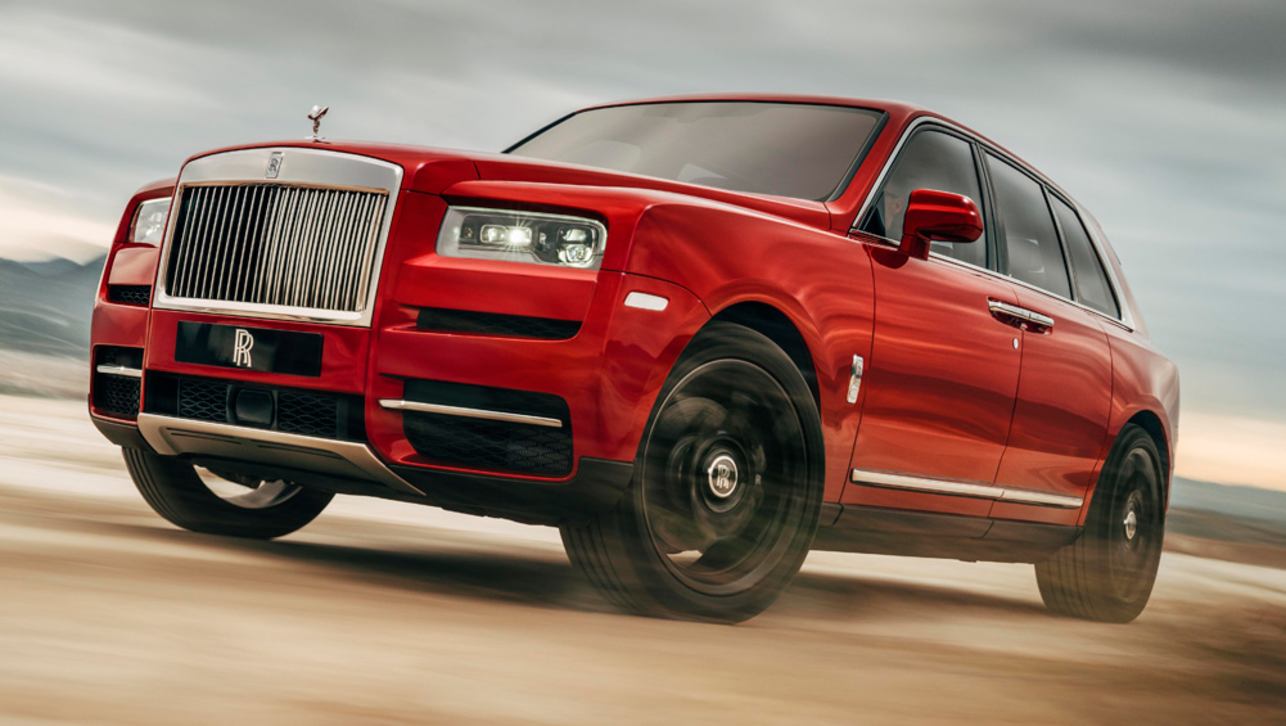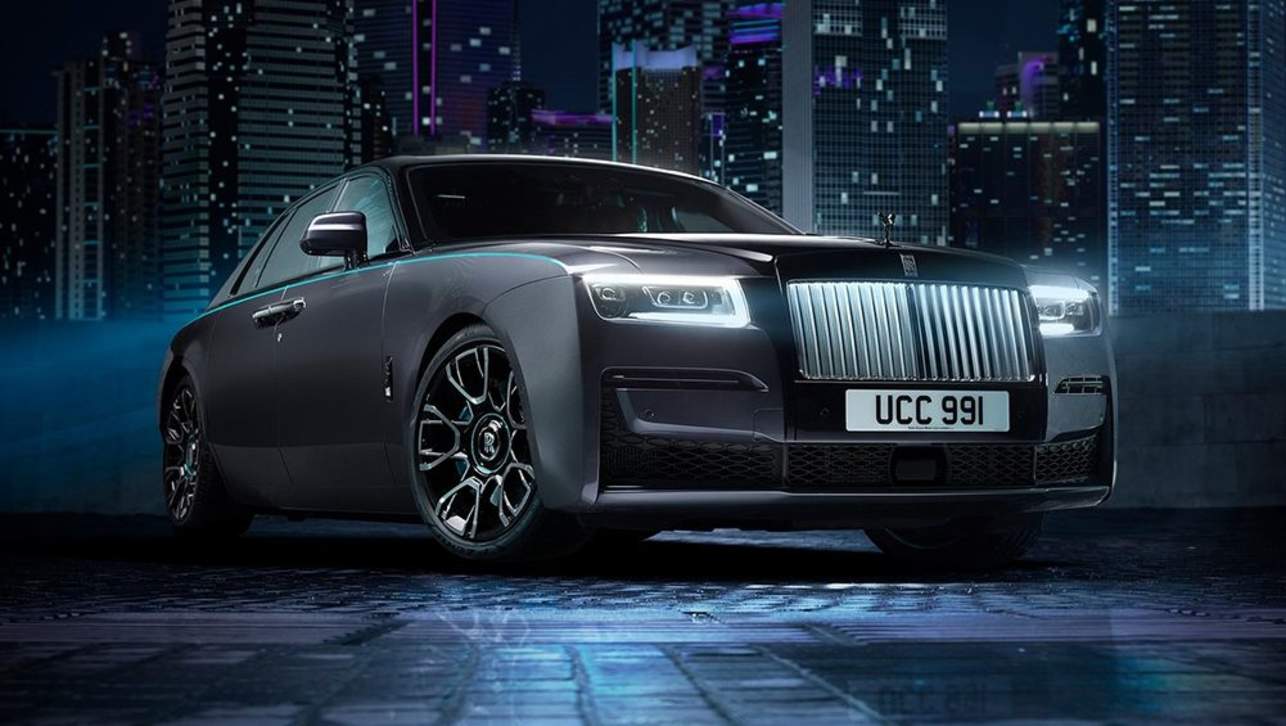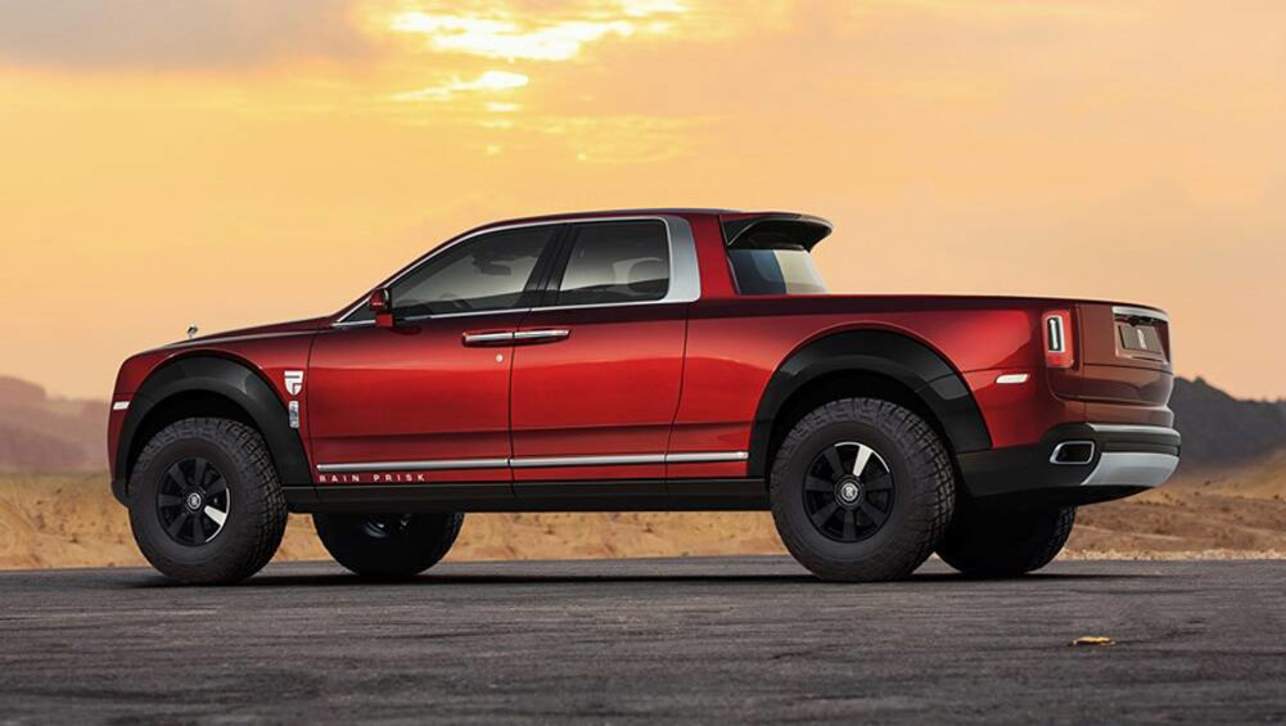Unless you’ve been living under a rock you will have noticed a rise in the number of SUVs getting around. In just the last five years SUVs have become the dominant vehicle type on our roads, with more than half of all new vehicles sold falling under the SUV banner.
But what is an ‘SUV’ actually? It stands for Sports Utility Vehicle, which isn’t a very accurate description of many models widely considered an ‘SUV.'
The label covers such a wide variety of models it extends from the pint-sized Hyundai Venue all the way up to the behemoth Rolls-Royce Cullinan, with literally hundreds of options in between.
The original intent of the ‘SUV’ tag was to cover models that had higher ground clearance, four-wheel drive and more rugged styling.
But as SUVs have increased in popularity many have evolved into little more than high-riding hatchbacks and even sedans, often without all-wheel drive and any rugged styling.
For example, the Mazda CX-3 is very similar in size, styling and powertrains to the Mazda2, but because it has a higher ride height it’s considered an SUV.
However, at the other end of the spectrum, the SUV branding also incorporates genuine off-road capable models such as the Toyota LandCruiser 300 Series, Nissan Patrol and Land Rover Defender.
Why are SUVs popular?
.jpg)
That’s the key question car manufacturers have tried to answer over the past decade. While originally buyers seemed to flock to SUVs for their rugged looks, more spacious cabins and all-wheel drive capability, over time SUVs have become increasingly car-like in appearance, space and powertrains.
Ford is a prime example of this phenomena, with it being an early entrant into the compact SUV market with its rugged-looking EcoSport. It proved a sales flop and was replaced by the Puma, a much more hatchback-like take on an SUV.
Ultimately, the simple answer is arguably the increased ride height provides greater visibility on the road, especially as more and more SUVs surround you in traffic. This higher seating position also gives the impression of greater safety, although there is little scientific data to suggest SUVs are inherently safer than a passenger car, wagon or hatch.
There are some practical benefits to buying an SUV, at least in most cases, with the wagon-style rear providing a larger cargo area compared to sedans and many hatchbacks.
On the flipside, SUVs are popular with carmakers because in many cases (but not always) they charge more for them compared to an equivalent sized hatch or sedan.
For example, the Subaru XV starts at $29,690 for the 2.0i, while the Impreza - which is similar mechanically (the two share the same underpinnings) and in appearance - is priced from $23,990 for its equivalent 2.0i model. And, in fairness to Subaru, it’s hardly the only brand with such a scenario.
Are SUVs big compared to other cars?
.jpg)
Not necessarily, and obviously it depends on which dimension you’re looking at. SUVs are typically taller, but not always longer or wider than an equivalent sedan or hatch.
Taking the example of a Mazda CX-5 SUV and Mazda6 sedan, the two are the same width and the CX-5 is 224mm taller, but the 6 is actually 315mm longer.
So just because an SUV sits higher, it doesn’t mean you are guaranteed to be buying something bigger and more spacious than a passenger car alternative, so it pays to do your research on dimensions.
What is considered a big SUV?

The Federal Chamber of Automotive Industries that oversees car registration data in this country breaks SUVs into five categories - Light, Small, Medium, Large and Upper Large.
It’s the final category we’ll be focusing on today and these are some of the largest SUVs you can buy today. Most measure more than five metres in length and are typically about two metres wide. This is the domain of the likes of the Toyota LandCruiser, Range Rover, BMW X7 and Mercedes-Benz GLS.
And these are just the models available in Australia. In overseas markets, in particular the USA, SUVs come even bigger. The Chevrolet Suburban measures a whopping 5931mm long, the Cadillac Escalade ESV is only fractionally shorter at 5766mm long and the Ford Expedition EL is 5333mm - proving that America loves to do things bigger.
Check out our list below for the biggest SUV you can find on the Australian market at the time of publication.
Top five biggest SUVs
1. Rolls-Royce Cullinan

Length: 5341mm
Height: 1835mm
Width: 2000mm
Price: from $659,000 (plus on-road costs)
The Cullinan may be one of the most expensive new models available today, but at least you know you’re getting plenty of metal for your very large sum of money.
Measuring 5.3m long and 2.0m wide the Cullinan is the definition of luxury on wheels. Its sheer size allows it to be a spacious and luxurious mode of transport for all occupants - front and rear.
Given its size and Rolls-Royce’s history of building powerful engines, unsurprisingly the Cullinan is suitably motivated. It’s packing a 6.7-litre twin-turbo V12 under the bonnet that makes 420kW/850Nm, which is more than enough to pull along this SUV despite its massive size.
2. Land Rover Range Rover LWB

Length: 5252mm
Height: 1870mm
Width: 2209mm
Price: from $286,600 (plus on-road costs)
Pipped by arch-rival Rolls-Royce by just 89mm, the Range Rover LWB (long wheelbase) is still a sizable SUV. It’s 5.2m long and, as the name implies, has a stretched wheelbase to liberate more cabin room to allow rear-seat occupants the stretch out, as well as creating space for third-row seating.
Already on sale but not due to begin arriving in dealerships until mid-year, this new generation Range Rover LWB will be available with two engine options - D350 and P530. The D350 is a 3.0-litre inline six-cylinder turbo-diesel that makes 258kW/700Nm; the P530 is a new 4.4-litre twin-turbo V8 petrol engine making 390kW/750Nm.
3. Toyota 70 Series Land Cruiser Troop Carrier
.jpg)
Length: 5220mm
Height: 2115mm
Width: 1790mm
Price: from $71,350 (plus on-road costs)
It’s no surprise that a Toyota LandCruiser is on this list, however it may not be the one you thought. While the new 300 Series is a big SUV, in this company it doesn’t actually make the cut. It measures ‘just’ 4980mm long, which is 240mm shorter than the Troop Carrier.
It probably shouldn’t be too surprising that an SUV called a ‘Troop Carrier’ is one of the largest SUVs on the market, as it has been designed with space in mind.
Not that Toyota is afraid to build some of the world’s biggest SUVs. The US-focused Toyota Sequoia is 5209mm long, while the luxurious Lexus LX is slightly longer than the LandCruiser it’s based on at 4990mm.
4. Mercedes-Benz GLS-Class
.jpg)
Length: 5214mm
Height: 1823mm
Width: 2006mm
Price: from $164,151 (plus on-road costs)
If you want a sign of how far SUVs have come in the pecking order look no further than the GLS. For decades the S-Class limousine was Mercedes-Benz’s flagship model, the physical embodiment of all of its design, technology and driving knowledge, while the GL-Class (as it was previously known) was largely overlooked.
But as SUV sales continued to rise the German giant re-named its biggest model and turned it into an S-Class on stilts. Sales of the GLS have grown in recent years as even the top end of town swap riding in the back of cars to riding in the back of SUVs.
Mercedes Australia offers a trio of models - GLS450, GLS400d and AMG GLS63. The 450 is powered by a 3.0-litre six-cylinder turbo petrol and 48-volt mild-hybrid system, making 270kW/500Nm; the 400d is a 3.0-litre turbo diesel good for 243kW/700Nm; and the AMG naturally gets a more potent engine, a 4.0-litre twin-turbo V8 with 48V help making 450kW/850Nm.
5. Nissan Patrol

Length: 5165mm
Height: 1940mm
Width: 1995mm
Price: from $82,160 (plus on-road costs)
After six years on sale the Patrol has had a minor makeover for 2022, with some styling tweaks to keep it fresh. Arch-rival to the LandCruiser, the Patrol is powered by a 298kW/560Nm 5.6-litre petrol V8 that provides plenty of performance, even if it doesn’t stack up well against its diesel-powered opposition.
Interestingly, the Patrol spawned two larger spin-offs - the luxury Infiniti QX80 and the US-built Nissan Armada - both of which are even bigger. The discontinued QX80 was 5340mm long which would have put it second on this list, only 1.0mm behind the Cullinan. The Armada measures 5306mm long, 141mm bigger than the Patrol.



.jpg)


.jpg)

.jpg)
 copy.jpg)
.jpg)
.jpg)
.jpg)
.jpg)



.jpg)

.jpg)
.jpg)






Comments